Green architecture – Vancouver Convention and Exhibition Center
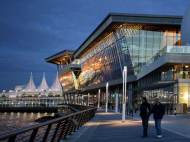 Despite all the stories about the “greenest Olympic games” related to the XXI Olympic & Paralympic Winter Games 2010, we have to admit we like the implementation of the Vancouver Convention and Exhibition Center (VCECE) expansion which was lead by Seattle based architecture firm LMN architects. During the Olympics the center will serve as the international broadcast and media hub.
Despite all the stories about the “greenest Olympic games” related to the XXI Olympic & Paralympic Winter Games 2010, we have to admit we like the implementation of the Vancouver Convention and Exhibition Center (VCECE) expansion which was lead by Seattle based architecture firm LMN architects. During the Olympics the center will serve as the international broadcast and media hub.
The most extraordinary addition to the center is the 2.4-hectare (5-acre) living roof that is landscaped with more than 400,000 native plants and grasses, and provides a natural habitat to birds, butterflies, insects, small mammals, and bees. These bees (about 240,000 of them) live in four hives that produce honey to be used in the center’s kitchen. The layers of the structure act as an insulator, reducing heat gains in summer and heat losses in winter, as well as contribute to the building’s stormwater utilization.
The underside of the roof is lined with beautiful Douglas Fir slats, a locally harvested material. It is also notable that the convention center roof has flexible space meeting rooms and an exhibition hall. You can see a detailed plan of the roof and other areas of the building, in the VCECE’s flash 3D floorplan application.
Since it was built in harbor, the building’s foundation has a five-tiered artificial reef and 1500 feet of marine habitat that will be home to barnacles, mussels, seaweed, starfish, crabs and various fish species. In addition, the on-site black water treatment and desalinization systems that are projected to reduce potable water use 60 to 70 percent over typical convention centers.
An integrated heat pump system takes advantage of the constant temperature of the adjacent seawater to moderate heating and cooling. The building design considers natural lighting and ventilation, in addition to the energy efficient fixtures and advanced energy management systems. The interior is clad with locally harvested materials, including Douglas fir and Hemlock wood finishes, and the flooring is low-VOC.
“The design goes far beyond the big box functionality and experience of a traditional convention centre,” says Mark Reddington, FAIA, LMN partner. “Instead, it offers a new vision of sustainability and a rich public experience by weaving together the natural ecology, local culture, urban context, and building program in a unified whole that functions literally as a living part of both the city and the harbor.”
When the games end later this month, the VCEC will continue to function as conference, meeting, ballroom, and exhibition space. Since it has 43,665 square meters (470,000 square feet) of highly flexible function space, the facility spans two buildings and is designed as a series of modules that can be combined or divided to suit the needs of any event you can imagine. Even those that visit the site for leisure purposes will be able to take advantage of the wonderful views, and the 400,000 square feet of walkways, bikeways, public open space and plazas.

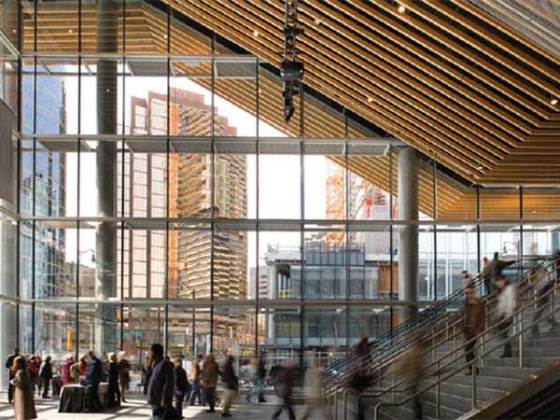
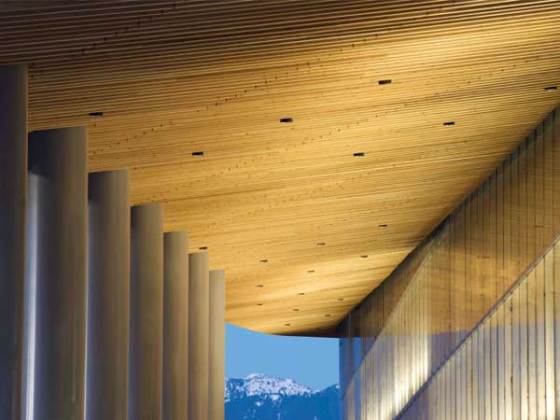
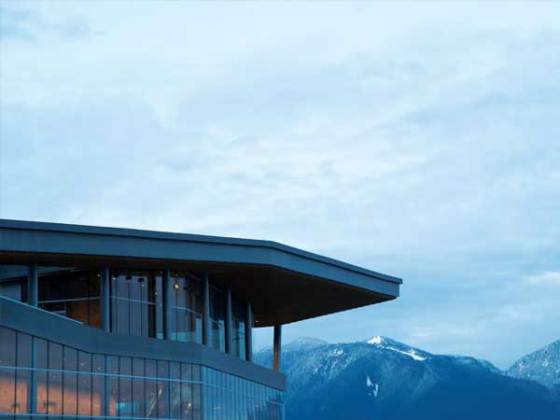
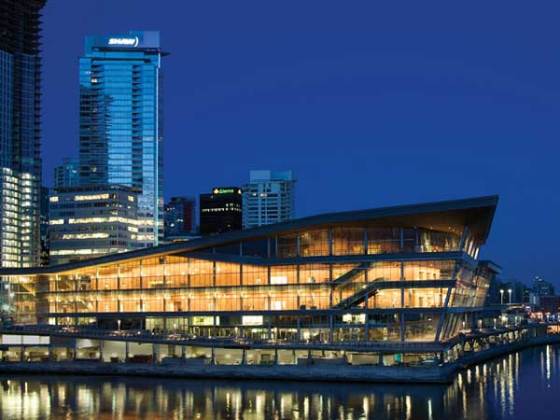
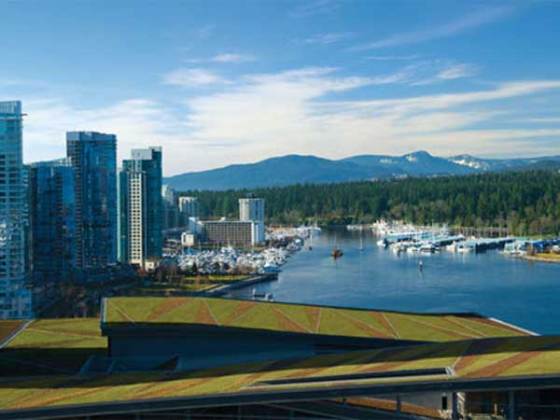








Leave your response!